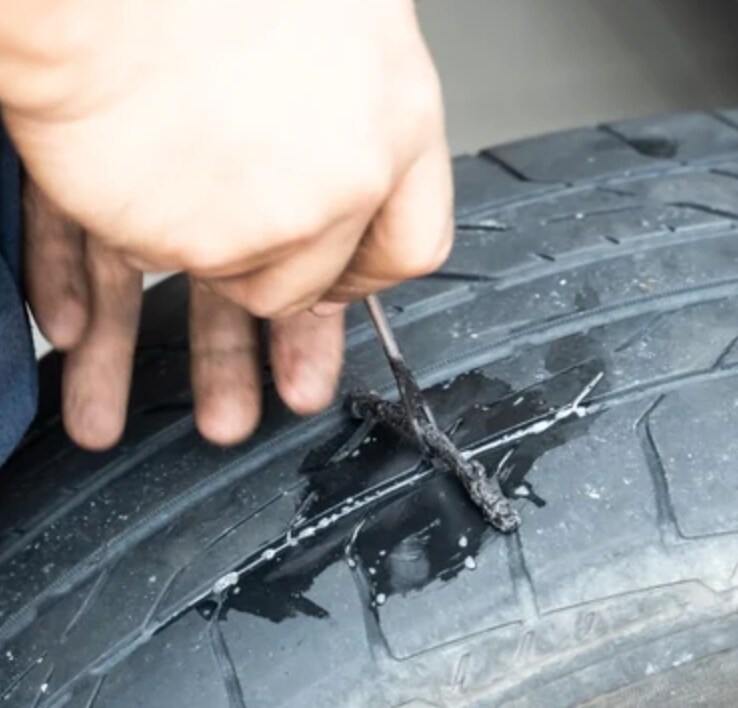

Flat tires may catch us off guard when we're least expecting it. One moment you're driving smoothly, and the next you hear that dreaded thumping sound or notice your steering wheel pulling to one side. This is often followed by a sinking feeling as you realize you'll need to address a flat tire situation. But fear not! The good news is that fixing a flat doesn't have to be overwhelming if you're equipped with the right tools and understanding. For many drivers, tire patches are the go-to solution for repairing punctures caused by sharp objects on the road. A patch involves removing the tire from its rim to place an adhesive patch over the puncture's interior surface—a reliable method that provides long-term security.
However, there will be times when removing a tire from its rim isn't feasible due to a lack of tools or expertise—this is where tire plugs come into play. Tire plugs offer a practical alternative for quick fixes without requiring you to take off the wheel entirely. Generally composed of rubber strips coated in sealant material, these plugs can be inserted directly into smaller punctures using an insertion tool until professional help becomes available or until you have time for more permanent repairs like patching.
It's crucial to remember that not all punctures are created equal; knowing when it's safe—and appropriate—to use either patches or plugs is key in maintaining safety standards while driving.
Source: SlashGear